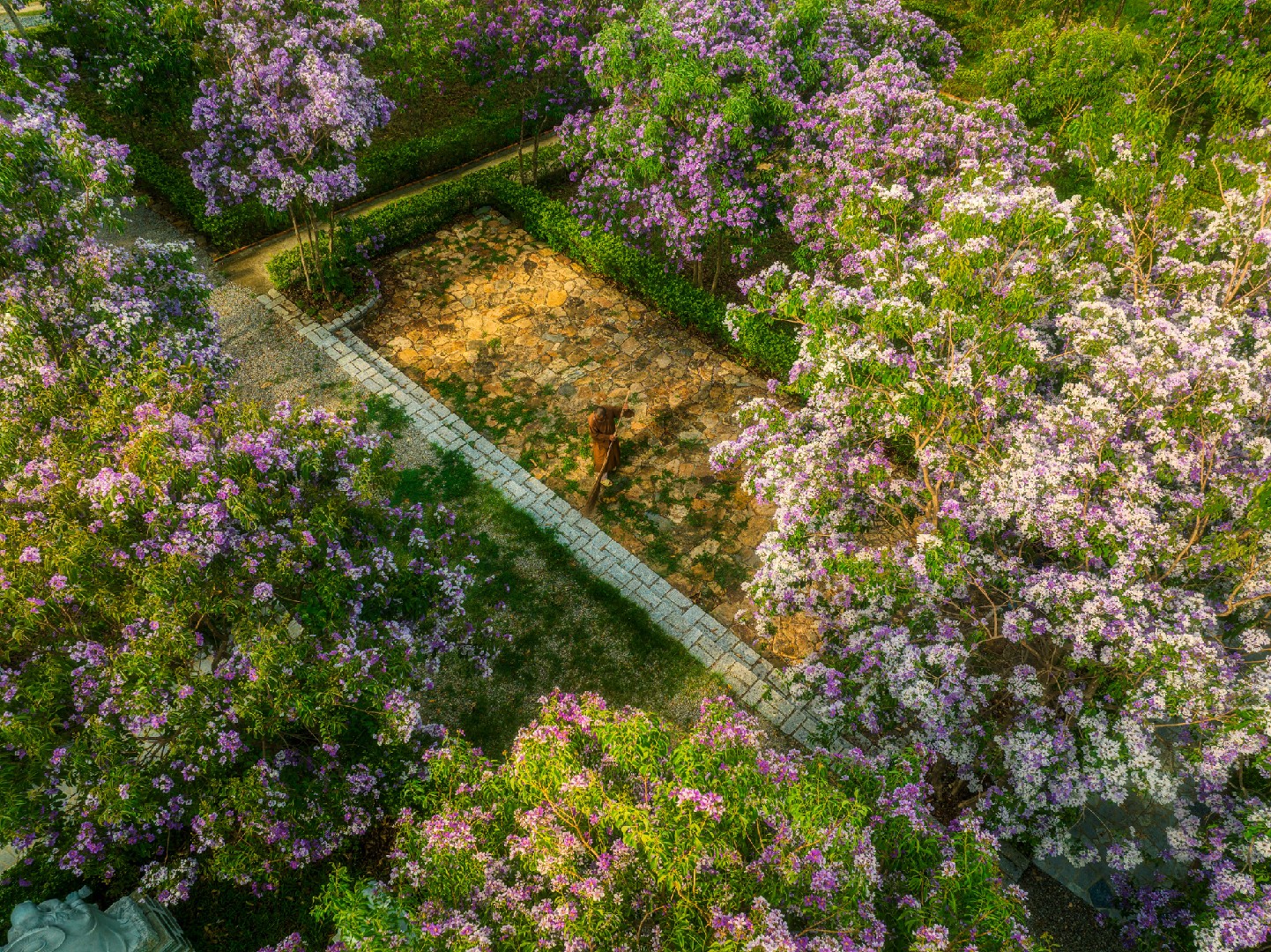![Rectangle]()
Choosing the Right Spring-Flowering Trees
When designing a vibrant spring blossom tree garden, one of the most important considerations is choosing the right trees. You want to select trees that will thrive in your garden's climate, soil, and sunlight exposure. By understanding these factors and researching popular spring blossom trees like Cherry, Magnolia, and Dogwood, you can create a garden that bursts with color and life.
First, let's talk about climate. Different trees have different temperature and moisture requirements, so it's important to choose trees that are well-suited to your region's climate. For example, Cherry trees are known for their ability to tolerate a wide range of climates, making them a popular choice in many areas. Magnolia trees, on the other hand, prefer a mild climate with well-drained soil. Dogwood trees are adaptable and can grow in a variety of climates, but they tend to thrive in areas with cool winters and moderate summers.
Next, consider your soil composition. The type of soil in your garden can affect the growth and health of your trees. Cherry trees prefer well-draining soil that is slightly acidic. Magnolia trees thrive in slightly acidic to neutral soil that is rich in organic matter. Dogwood trees, on the other hand, prefer moist, well-drained soil that is slightly acidic.
Sunlight exposure is another important factor to consider. Cherry trees require full sun to produce an abundance of blossoms. Magnolia trees prefer full sun to partial shade, as too much shade can decrease flower production. Dogwood trees tolerate both full sun and partial shade, making them a versatile option for different garden locations.
When choosing between these popular spring blossom trees, it's important to also consider their benefits. Cherry trees are famous for their stunning display of blossoms in early spring, creating a vibrant and joyful atmosphere. Magnolia trees offer not only beautiful flowers, but also glossy, dark green leaves that add elegance to any garden. Dogwood trees, with their large, showy blooms and colorful foliage, bring a touch of whimsy and charm.
Maintenance is another factor to keep in mind. Cherry trees require regular pruning to maintain their shape and ensure optimal flower production. Magnolia trees are relatively low-maintenance, but they benefit from occasional pruning to remove dead or damaged branches. Dogwood trees are also low-maintenance, but they can benefit from regular fertilization to promote healthy growth.
In conclusion, choosing the right spring-flowering trees for your garden is key to creating a vibrant and beautiful space. Consider the climate, soil, and sunlight exposure of your garden, and select trees that are well-suited to these conditions. Cherry, Magnolia, and Dogwood trees are popular choices known for their stunning blossoms and unique characteristics. By carefully considering the benefits, maintenance requirements, and growth patterns of each tree type, you can design a spring blossom tree garden that is truly a sight to behold.





